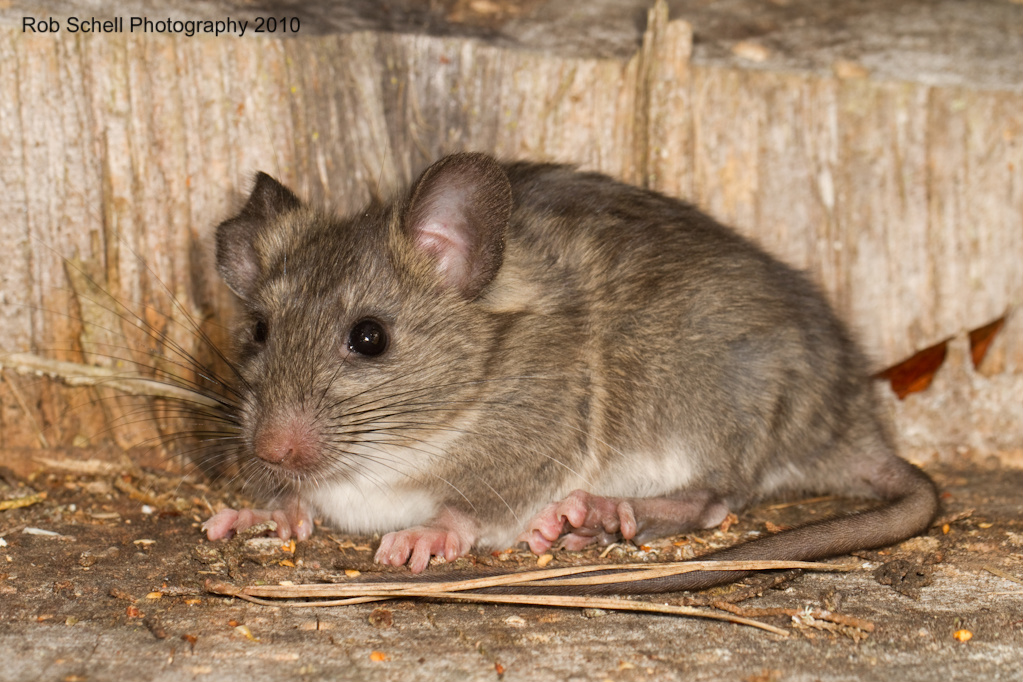Facts
- Based on physical appearance, the dusky-footed woodrat
is almost identical to the Old World rats (Website of
Everything, 2011).

- The dusky-footed wood rat and its relatives in the genus
Neotoma are sometimes called pack rats, trade rats, bush
rats, and cave rats (Bonadio, 2000).
- Dust bathing is a common practice of the dusky-footed
wood rat. This process involves spreading the four legs and
drawing and pushing the abdomen against the dry soil. This
process makes them feel relaxed (Bonadio, 2000).
- The Neotoma genus are called packrats because they hoard
things, like shiny objects. Woodrats are also called “Trade
rats” because when they find a new “treasure,” like a shiny
object from humans, they will leave whatever they had before
and pick up the new item (National Wildlife Federation,
2012).
- Dusky- footed woodrats are the “architects of the
mammalian world” (Website of Everything, 2011).
- Dusky-footed Woodrats are found only in areas with a lot
of underlying brush (Website of Everything, 2011).
- Dusky-footed woodrats are undoubtedly an important
contributor to the richness and abundance of the wildlife in
California oak woodland (Website of Everything, 2011).
- Dusky-footed woodrats are most likely to be found living in trees or remnants of trees (Website of Everything, 2011).
- Wood rats live in permanent homes (Wallen, 1982)
- They live in small communities (Wallen, 1982)
- Unlike commonly believed the wood rat is promiscuous not polygamous (M.B. McEachern, et. al. 2009)
- Range from California and western Oregon (Dusky-footed Wood rat)
- The females are intolerant of males once they become pregnant and will become violent with them if needed to keep the males away (Neotoma Fuscipes: Dusky-footed wood rat)
Home
References
Gabriella Tuminello and Emma Conway of the University of
Wisconsin - La Crosse. Bio 203 - Spring 2014